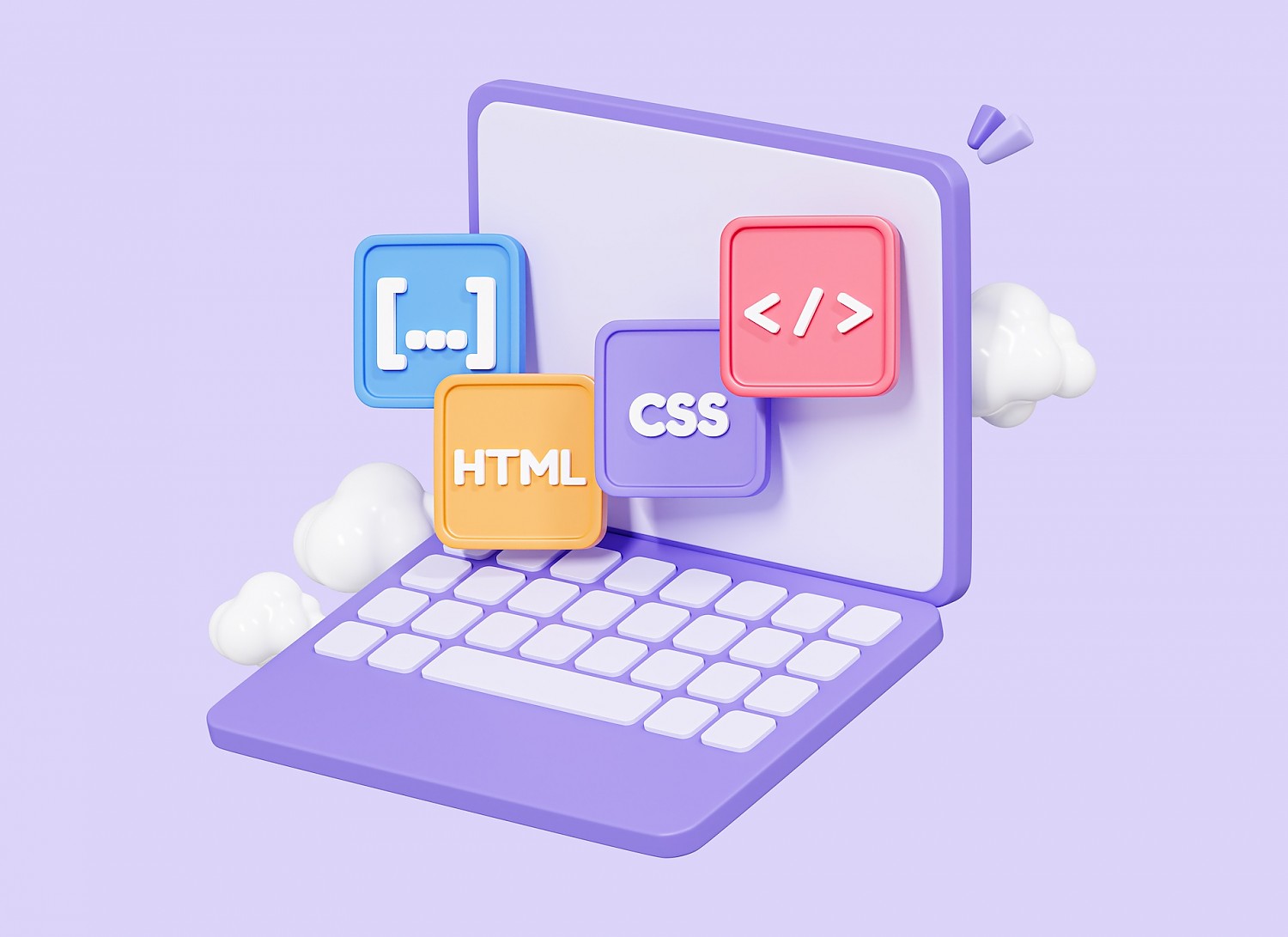The first browser appeared in the 1990s, WorldWideWeb, and was the only way to access the internet. This was followed by other browsers such as Lynx and Mosaic - Lynx only allowed text, no images or other content, while Mosaic was the first browser to allow images.
The big leap came when Internet Explorer appeared in 1995, created by Microsoft. Internet Explorer dominated the market, because at the same time the Windows 95 operating system appeared, with this browser already installed - people no longer had to look for browsers to install. In June 2022, after more than 25 years of life, IE "retired" and we said “goodbye to Internet Explorer”.
In 2003, Safari was created specifically for Apple computers - just as Microsoft did with Internet Explorer - this was Apple's response to the competition. The following year, in 2004, Firefox appeared with the same aim of fighting Internet Explorer. In 2008, Google Chrome appeared, and to this day it is the most widely used browser of all time, and it reached this level very quickly.
As we can see, there are several types of browsers and they have all emerged over the years, but did you know that they all act differently? Content and websites behave differently depending on the browser we use, and this is due to the Rendering Engine.
The Rendering Engine is related to how each browser interprets HTML, Javascript and other codes. Each browser has its own, which means that each one will interpret all this code differently, which will change the way you see content in Google Chrome or Firefox.
The main steps in the Rendering Engine process are as follows:
- This tool receives HTML code in blocks - including style files (css, for example);
- It creates the render tree that includes style information such as the information that defines where and how each element appears on the pages (the order, for example);
- Moving on to the layout part, the render tree defines the size and positions of the render trees using the exact coordinates;
- Finally, it takes all this information and transports it to the UI (User Interface) so that it can be visualised on screen.
The way these processes are carried out is different depending on your browser. You may see a website one way in Google Chrome and another way in Safari, for example.
It is for all these factors that testing a website on multiple platforms and multiple browsers is essential for quality assurance. As each browser interprets web pages in different ways, after testing there are adjustments and optimisations to be made so that the user interface and user experience are guaranteed, regardless of the browser used by the user, with the aim of getting the best possible results for everyone.
